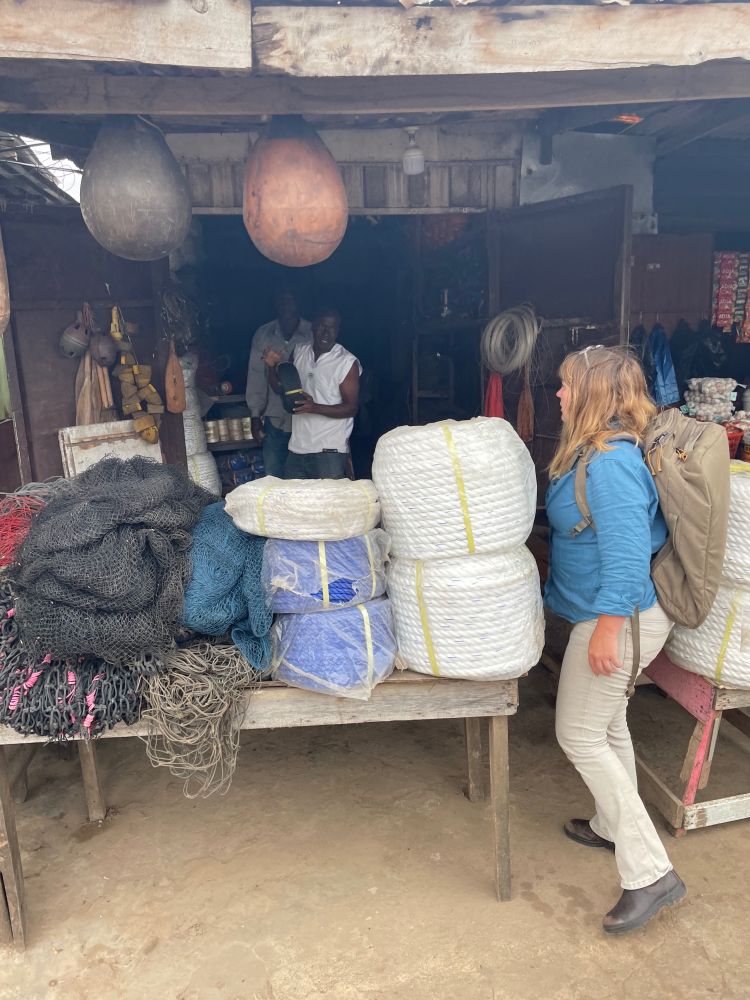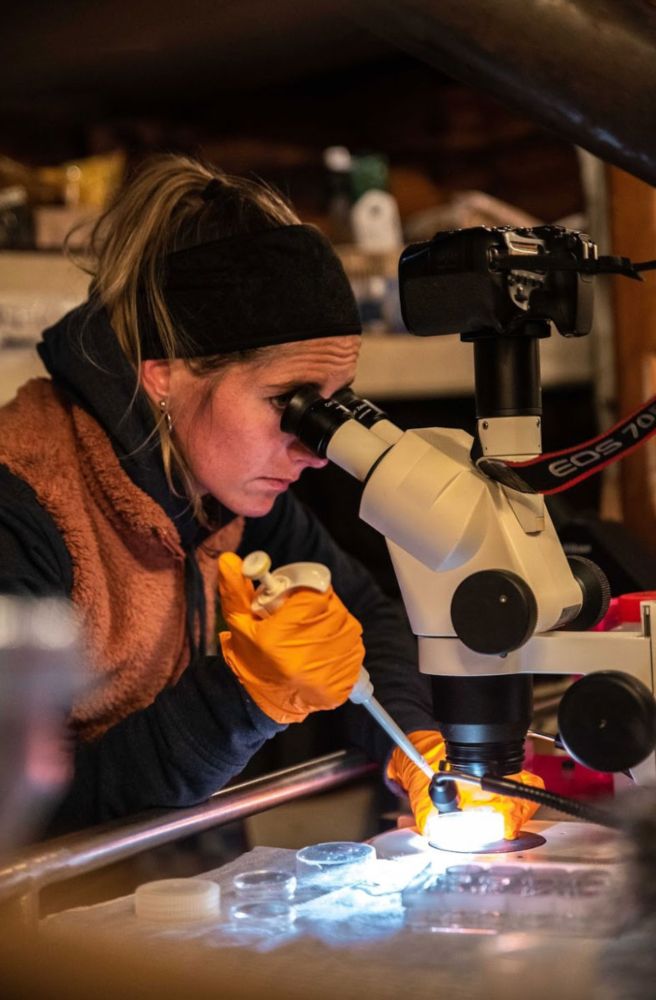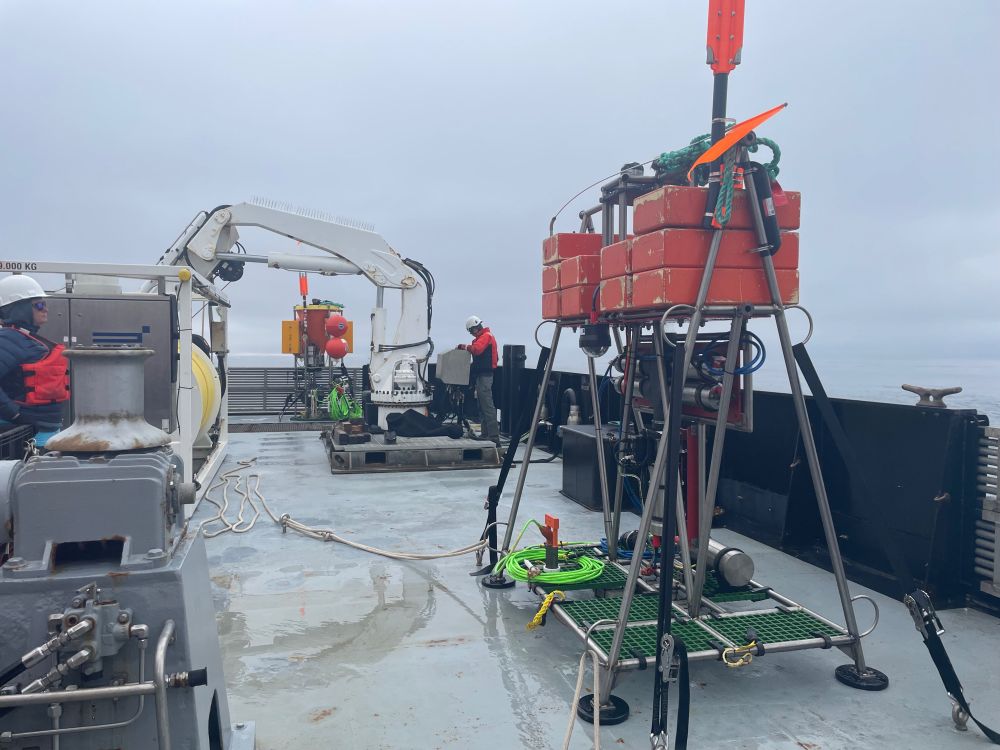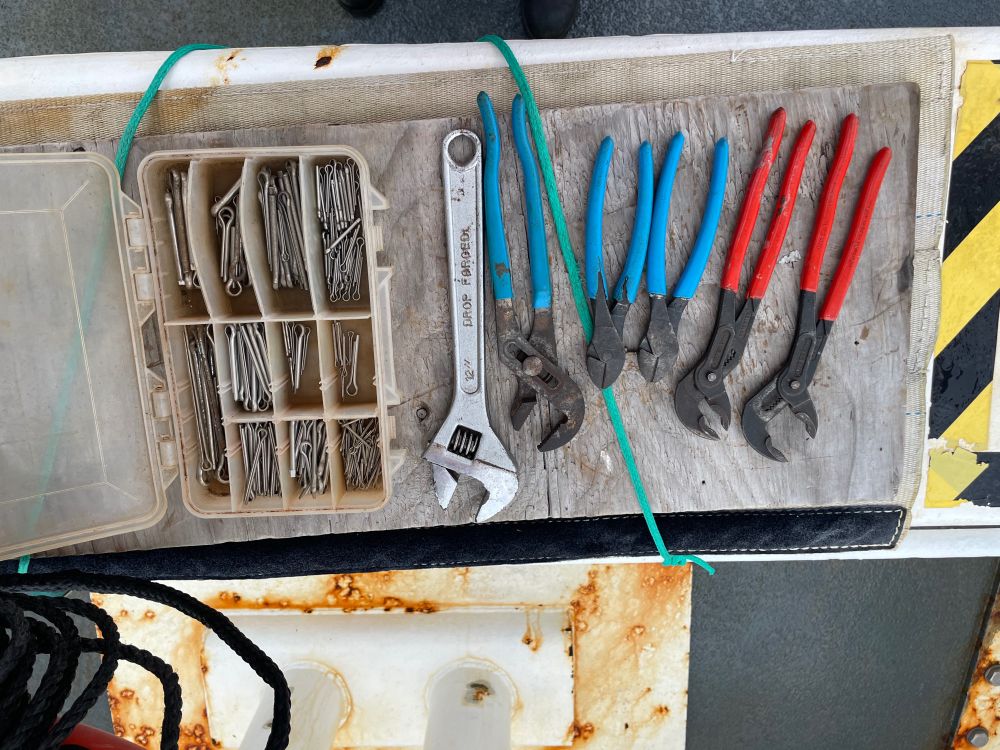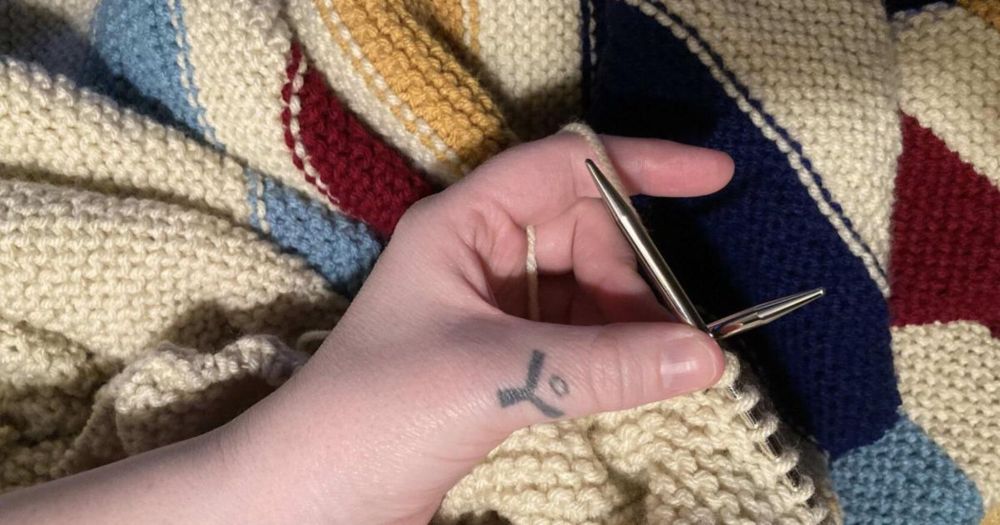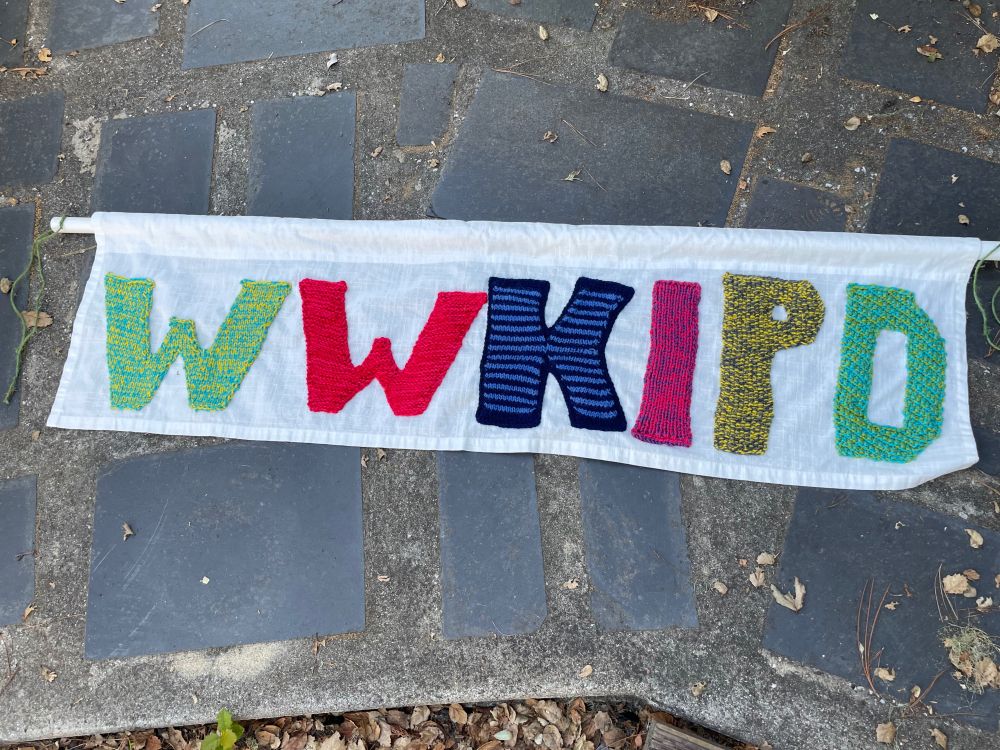Colleen Durkin
@cadurkin.bsky.social
110 followers
24 following
38 posts
Oceanographer and lead of MBARI's Carbon Flux Ecology team. I think a lot about sinking particles, the carbon cycle, and microscopic creatures. Otherwise: fiber art, designing/making clothes, chickens. Views expressed here are my own.
Posts
Media
Videos
Starter Packs
Reposted by Colleen Durkin
Colleen Durkin
@cadurkin.bsky.social
· Sep 6
Reposted by Colleen Durkin
Colleen Durkin
@cadurkin.bsky.social
· Jul 9
Colleen Durkin
@cadurkin.bsky.social
· Jul 9
Colleen Durkin
@cadurkin.bsky.social
· Jul 9

Solitary phytoplankton cells sink in the mesopelagic ocean
Phytoplankton, and their carbon, are typically exported from the surface ocean when packaged inside larger, sinking detrital particles. This process draws carbon out of the atmosphere, where it can be...
doi.org
Colleen Durkin
@cadurkin.bsky.social
· Jun 24
Colleen Durkin
@cadurkin.bsky.social
· Jun 24
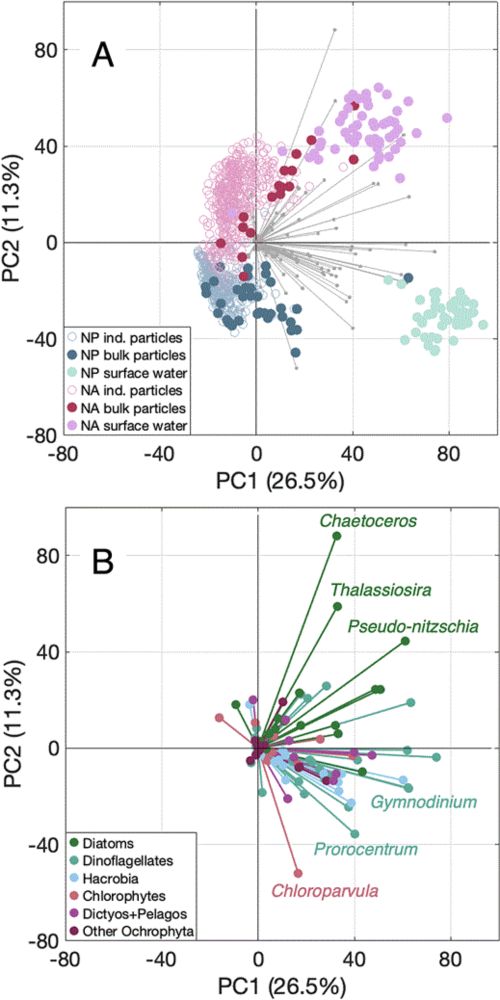
Sinking particles exporting diatoms and Hacrobia predict the magnitude of oceanic POC flux
Abstract. Carbon flux to the deep sea can be dictated by surface ocean phytoplankton community composition, but translating surface ocean observations into
doi.org
Colleen Durkin
@cadurkin.bsky.social
· Jun 24
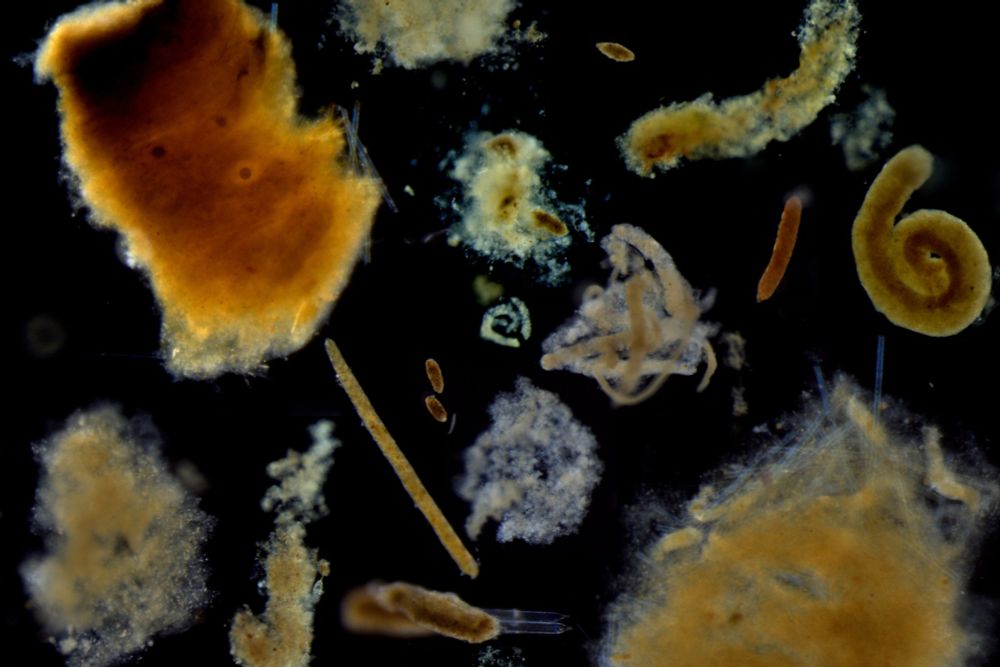
Marine snow provides new clues about the export of carbon to the deep sea • MBARI
Genetic sequences in microscopic particles of sinking organic material reveal the mechanisms of carbon transport into the deep sea that can help improve satellite-based models of carbon export.
www.mbari.org
Colleen Durkin
@cadurkin.bsky.social
· Jun 23
Colleen Durkin
@cadurkin.bsky.social
· Jun 20
Colleen Durkin
@cadurkin.bsky.social
· Jun 14
#URIGSO professor Melissa Omand, co-PI of the Ocean Margins Initiative, and GSO researcher Pierre Marec recently traveled to Ghana to launch a major study of the northern Gulf of Guinea, a region central to food security, fisheries, and carbon cycling. 🌊 🧪 🦑
📸 Elise Hugus (WHOI) & Melissa Omand
📸 Elise Hugus (WHOI) & Melissa Omand




Colleen Durkin
@cadurkin.bsky.social
· Jun 12







